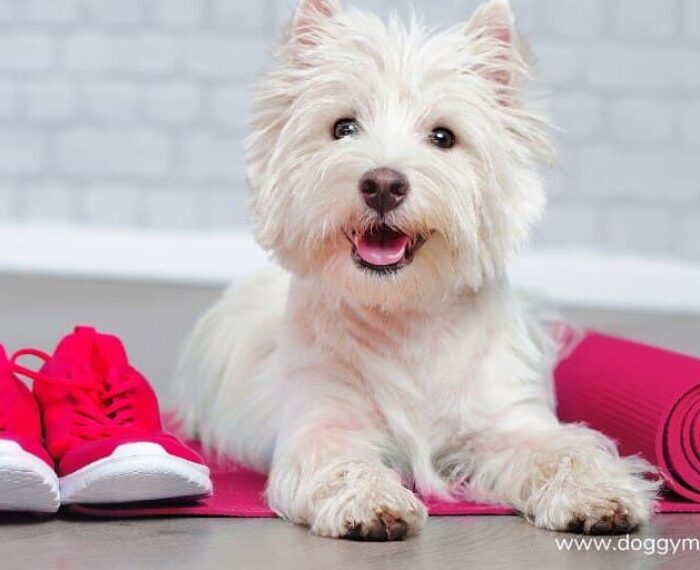Training your dog should always be fun! Everyone knows it’s easier to learn when you are having a good time, so try adding some games into your dog’s training. There are many different ways to train a dog, but most dog professionals agree that enjoying the training is best for both the dog and trainer. Proper training and socialization are among your dog’s basic needs. It’s important to start training your dog as soon as possible.
Before you start training, try to find out what are the tools or equipment you need during training. As with anything, the right dog training tools will help you in your journey of training with your dog.There are a number of tools that you can use to help make training your dog easier. Dog training equipment covers a wide range of items used to teach your dog specific behaviors or whether for at-home use.
Why do we need dog training tools and equipment?
If you want to train your dog quickly and efficiently, dog training tools can be a lifesaver. Sure, it is possible to train a dog without using any additional equipment, but proper tools and equipment can ensure you’ll have better results in a shorter period of time. You also need to choose items that will address your dog’s behavioral problem and match their personality.
Basic Tools for Training Your Dog:
Clicker. If you have experienced joining an all-positive training school, you will know what a clicker is. It’s a small plastic button that produces a click when pressed, it’s used to mark the correct behaviour of your dog at the exact moment that it happens. They come in all shapes and styles, including handheld ones and those with wrist straps. Some leashes even come with built-in clickers.
Treats. Treats can be handy for training, but most people over-use this dog training tool. Treats come pre-sized for training while others may be broken apart or cut down to size prior to training. Rewards keep your dog interested and motivated that is why treats would come in handy.
Target stick. Target sticks can be helpful for teaching basic behaviors like walking nicely on leash or complex tricks like spin or bow. Targets vary from a simple, fixed-length stick to something fancier, like a stick with a built-in clicker or one that collapses for easy storage.
Portable mat. A portable mat provides a safe space for your dog to settle, no matter where he is. A foldable, washable bed, mat or blanket is easy to transport and ideal for outings.
Leashes. Leashes vary in length, typically between four and six feet. Ideally, the leash is long enough to allow slight slack when your dog stays close to you during walks. A waist-clip leash enables you to keep your hands free during training sessions.
Barriers. Crates and barriers can be useful dog containment. If you need to contain your dog in a certain area for situations like house training or chewing management. A barrier can also be helpful for keeping your pooch away from problem areas like stairs or the front door. While a crate is the safest place for your dog to travel in.
Collar and harness. We use dog training collars for tying dogs outside, so they can’t hurt themselves on it. Also, it is good for training puppies under 3 months of age, as well as very ‘soft’, introverted, meek dogs. A flat collar holds your dog’s ID tag, which is important if he gets out on his own. Collars can help with pulling and make it easier for you to guide your dog’s movement.
Long line. A long line is a safe and simple alternative to being off leash. Long lines also allow for exploration during training breaks and extra room to walk out for activities.
Dog training requires the right tools to get the job done. Don’t hesitate to use an internet search to find all the equipment you’ll ever need and try to check out some reviews as well from fellow dog owners. Training your dog shouldn’t be stressful and difficult. Using the right dog training equipment can speed up the process and ensure your doggy becomes a barking success.


